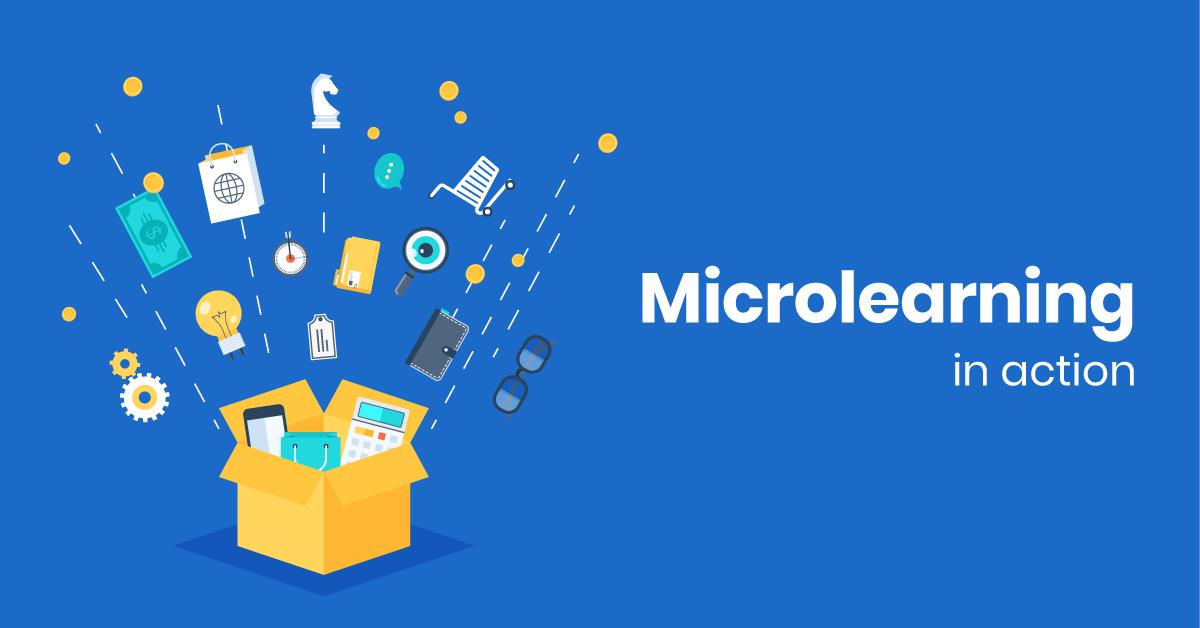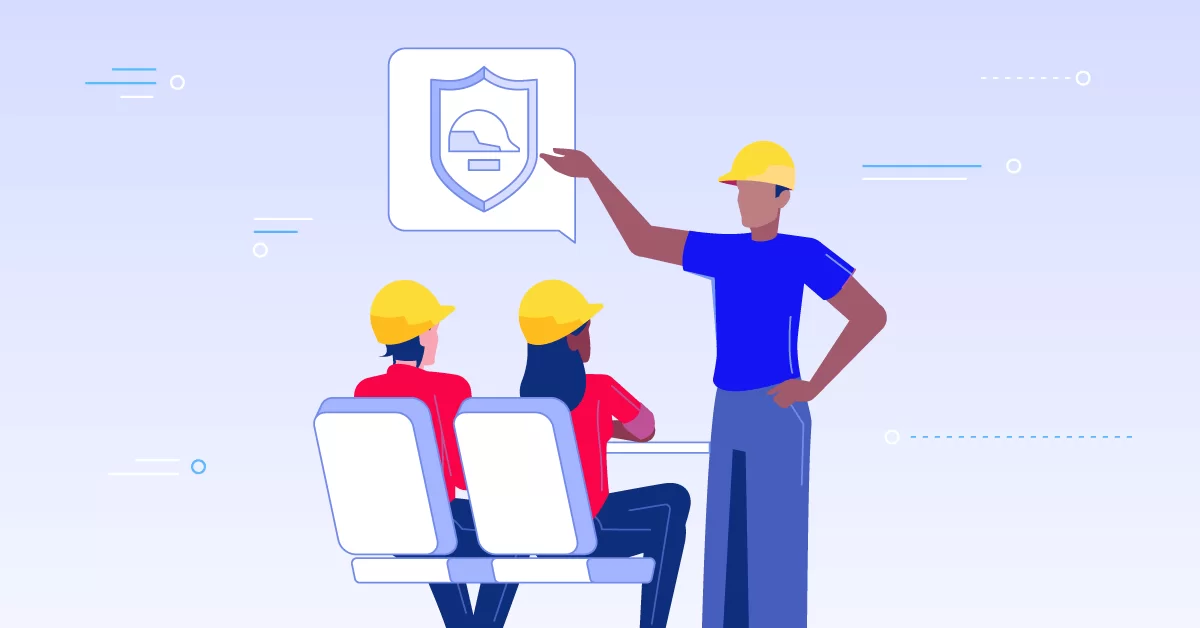The question is, why would we want to observe this phenomenon? How will the study contribute to the quality of new eLearning programs? Let’s find out in this article.
In more general terms, an ecology or an ecosystem describes a natural system of processes whose separate parts are in complex interrelation with each other. This metaphor has been used extensively in the educational scenario, particularly in the eLearning setting, where the technology used is borrowed from the other contexts of the learner’s life. This study is necessary in order to understand how learning is contextualized in the current digital settings.
No matter how knowledgable the trainer is, no matter how exemplary the eLearning materials are, the manner in which learning is perceived is unique to the learner. This is the “sociogenic” view of learning, in which the learner’s relationship with the real world, the developing technologies and learning cultures, is determined. Learning is all about being an individual who learns in relation to their social and technological contexts.
Another issue in the eLearning field is the difficulty to adopt widely available and popular technologies to aid eLearning. Innovative andragogy is sometimes hard to embed into programs, despite the trend in higher education and training institutes to adopt such features.
Technologies in education and training are often “oversold and underused”. eLearning practitioners are inhibited by various policies to practice eLearning research through a broader use of technology. As a result, trainers, and even eLearning developers, refrain from developing their skills to take advantage of the potential that learning technologies have. Policy tensions also overwhelm practitioners with reform and training practices, which in turn compromise the quality of their performance.
A shift is being reported by researchers in the ways that learners are approaching their learning materials and adopting practices which integrate learning with the rest of their lives. Based on studies, researchers have put together a list of the 8 features of technological engagement from multiple learner contexts to change their learning practices:
1. Transferable:
These are the main technologies that appeal to the eLearning industry. Many technologies used in non-educational contexts invariably teach an individual an impressive list of skills. When these skills are automatically applied to learning contexts, they lead to a phenomenon called “transferable technologies”.
As eLearning professionals, our goal is to discover the transferable technologies around our learners. Make this discovery an integral part of your learner analysis. You will be able to add more challenges and interactivity in your eLearning courses. The other technology types below will aid in strengthening your understanding of how learners are utilizing technologies.
2. Pervasive:
These are the kinds of technologies that invade the mundane, the professional, the entertainment and the study life of the individual.
3. Personalized:
These are customized technologies that aid in personal needs. Assistive technologies for special needs are a good example here.
4. Niche/adaptive:
These technologies are used as particular tools for specific purposes. For example, the baby monitor app, the gardener app, the grocery list app.
5. Organized:
These technologies are used in a sophisticated manner to find and manage information. Knowledge management software aids in determining the performance and learning gaps of organizations and how they can be aligned with organizational KPIs.
6. Time/space boundaries:
These are the changes to where and how learners are working. The growing prevalence of telecommuting is a good example of how a technology is shifting the workplace. Working from a distance is spreading across a spectrum of work contexts, not just the field of Information Technology.
7. Working patterns:
New working practices are developing due to the emergence of new tools. Think about the visual technologies that have given rise to virtual reality and augmented learning. These technologies have changed the way people work. Providing eLearning programs in a manner that fits well in the individual’s work-life-entertainment trio of contexts is the goal of eLearning.
8. Integrated:
These technologies are developed to suit individual needs. A good example here is the level of complexity offered by a Leadership course for high schoolers, or one to facilitate the onboarding of employees.
It’s hard to label one type of technology as aiding in a single context. Technologies merge their purpose and functionalities in different contexts. Here are some examples of merging technology boundaries:
· Secret spaces (SMS, IM)
· Group spaces (Facebook, Google+)
· Publishing spaces (Instagram, YouTube)
· Performing spaces (Instagram, World of Warcraft)
· Participation spaces (Twitter, Instagram)
· Watching spaces (Netflix, TV)
As you can tell, many of these spaces have overlap, and we could discuss how one use case occurs in one space while another is more fitting for another, at length. But, to get back on track with the topic at hand, think about how eLearning solutions can be disseminated using any of the above technologies.
The ecology of technologies can teach us a lot about the wide use that various applications have in an individual’s life. A better insight into this area will help us create better eLearning programs. The idea is to merge eLearning seamlessly with the learner’s life. The goal is to make eLearning rank within the top 3 technologies used by the learner in their daily life.


